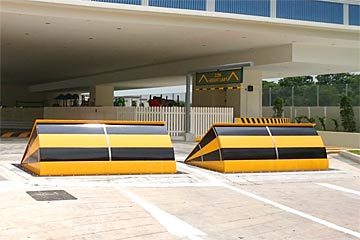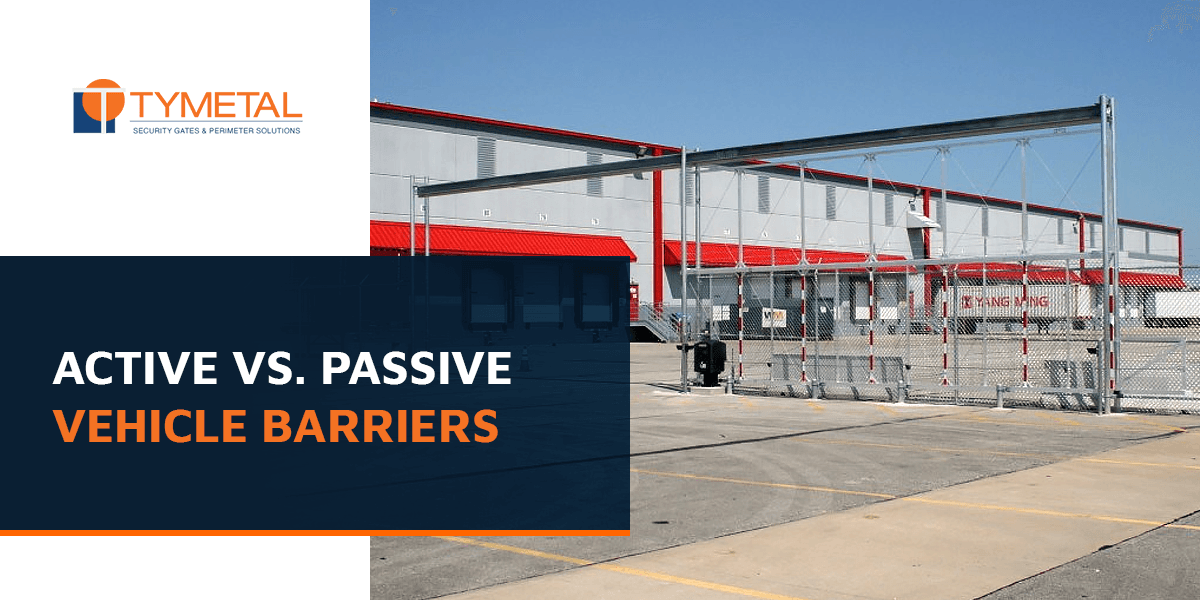The 5-Second Trick For Wedge Barriers
Table of ContentsEverything about Wedge BarriersWhat Does Wedge Barriers Mean?

Rumored Buzz on Wedge Barriers
The continuing to be force used to
the cam webcam deploy the wedge plate 16 may might provided supplied an electromechanical actuator 84 or other various other. The springtime setting up 54 and the actuator 84(e. Wedge Barriers. g., electromechanical actuator)might run together to equate the webcam and raise the wedge plate 16.
As stated above, the spring assembly 54 puts in a constant pressure on the webcam, while the electromechanical actuator may be controlled to exert a variable force on the camera, thereby making it possible for the training and lowering( i. e., releasing and withdrawing )of the wedge plate 16. In particular personifications, the consistent pressure used by the springtime assembly 54 may be flexible. g., electromechanical actuator) is handicapped. As will certainly be valued, the spring assembly 54 may be covered and safeguarded from debris or various other elements by a cover plate(e. g., cover plate 68 displayed in FIG. 4) that might be substantially flush with the raised surface 38 of the foundation 14. As discussed over, in the deployed position, the wedge plate 16 serves to block access or traveling past the barrier 10. For instance, the obstacle 10(e. g., the wedge plate 16 )might block pedestrians or cars from accessing a property or path. As gone over over, the obstacle 10 is connected to the support 30 secured within the structure 14,

front braces 71. As an outcome, the affiliation assemblies 72 might pivot and rotate to enable the collapse and extension of the link assemblies 72 during retraction and deployment of the bather 10. The affiliation assemblies 72 cause motion of the wedge plate 16 to be limited. If an automobile is taking a trip in the direction of the released wedge plate 16(e. For example, in one circumstance, the safety and security click resources legs 86 might be extended throughoutmaintenance of the barrier 10. When the safety and security legs 86 are deployed, the safety legs 86 support the weight of the wedge plate 16 versus the surface area 12. Because of this, the training mechanism 50 may be deactivated, serviced, eliminated, changed, etc. FIG. 5 is partial viewpoint sight of an embodiment of the surface-mounted wedge-style obstacle 10, showing the camera 80 and the camera surface areas 82 of the lifting system 50. Especially, two webcam surfaces 82, which are referred to as reduced camera surfaces 83, are placed below the web cam 80. The lower webcam surface areas 83 may be taken care of to the surface area 12 (e. For instance, the lower cam surfaces 83 and the placing plate 85 may form a single piece that is secured to the anchor 30 by screws or various other mechanical fasteners. In addition, 2 cam surfaces 82, which are described as upper camera surface areas 87, are positioned over the webcam 80 and paired to (e. In other embodiments, interfering layers or plates might be placed in between see post the surface area 12 and the reduced webcam surface areas 83 and/or the wedge plate 16 and the top webcam surface areas 87 As discussed over, the cam
80 converts along the webcam surface areas 82 when the wedge plate 16 is raised from the withdrawed placement to the deployed setting. In addition, as stated over, the springtime assembly 54 (see FIG. 3 )may provide a pressure acting upon the cam 80 in the direction 102 via spring pole 58, which may reduce the force the electromechanical actuator 84 is needed to relate to the web cam 80 in order to actuate and lift the wedge plate 16. 1 )to the deployed position(see FIG. 4). As revealed, the web cam 80 consists of track wheels 104(e. g., rollers), which contact and convert along the webcam surfaces 82 throughout procedure.